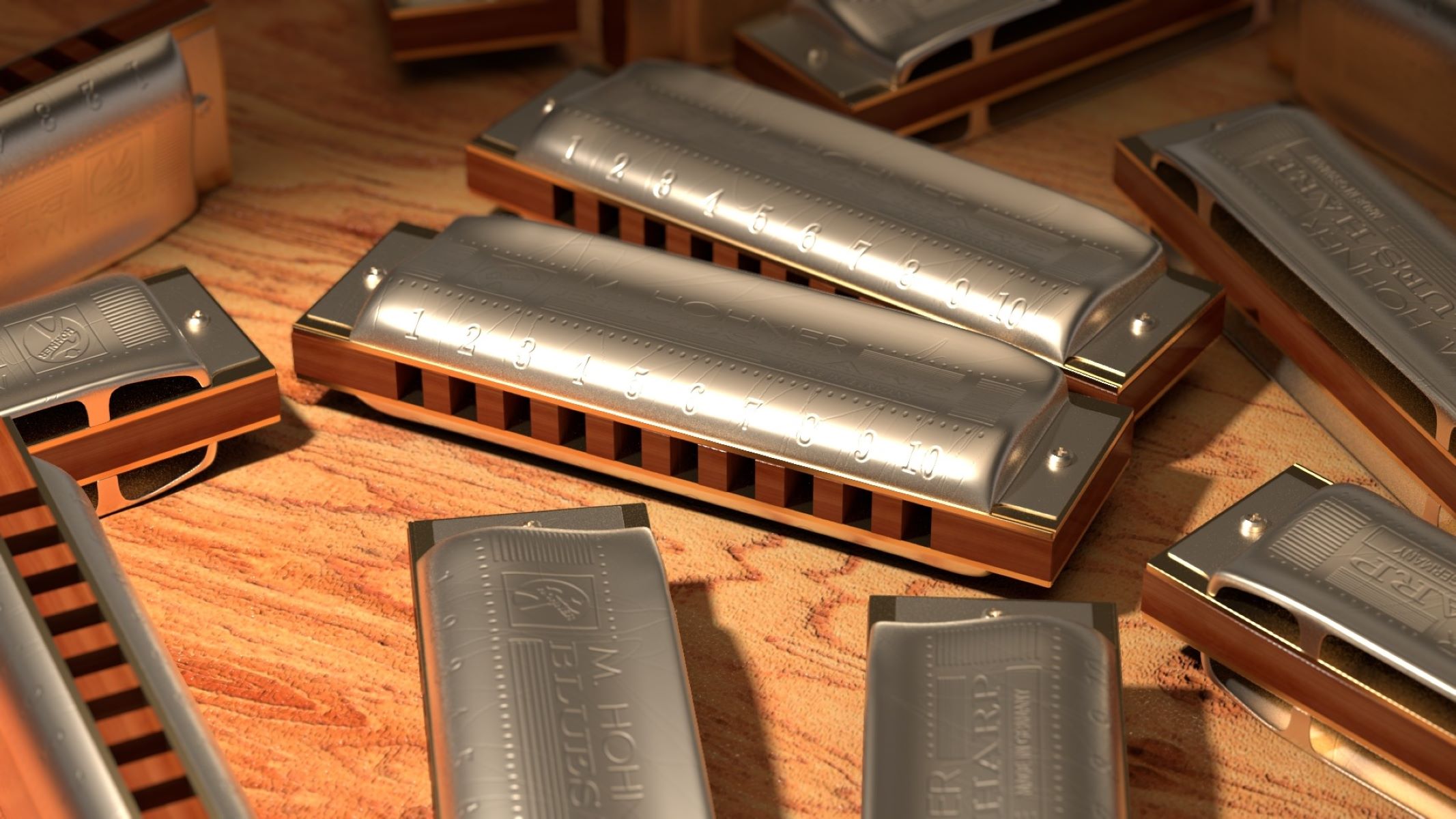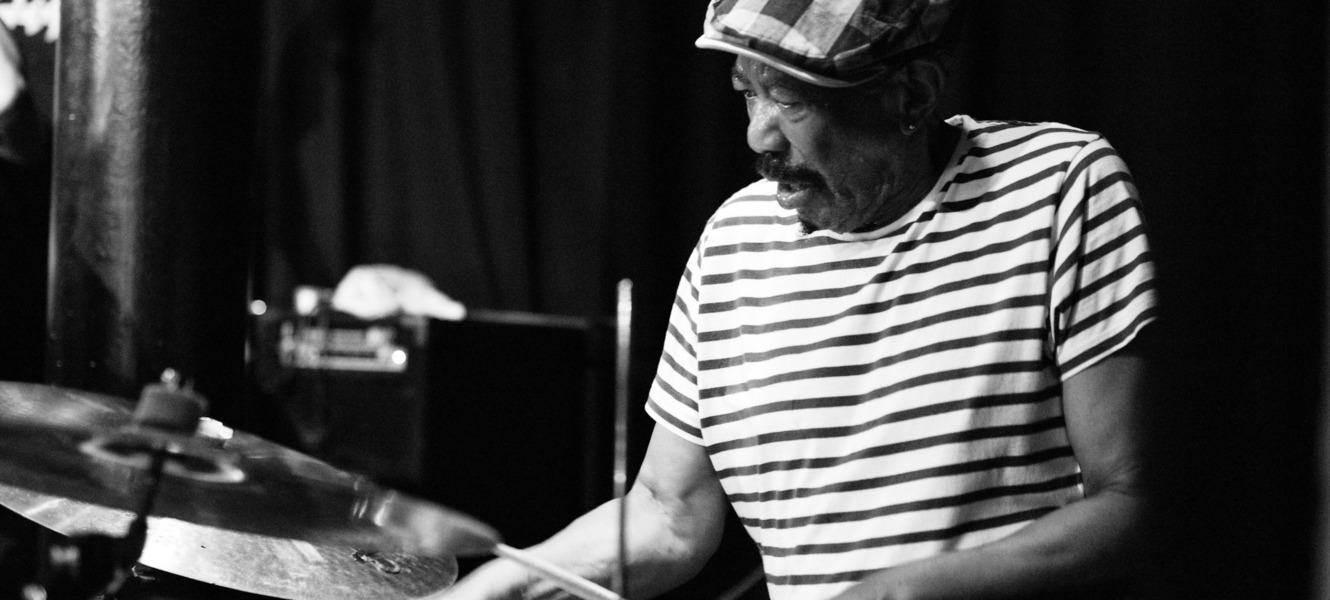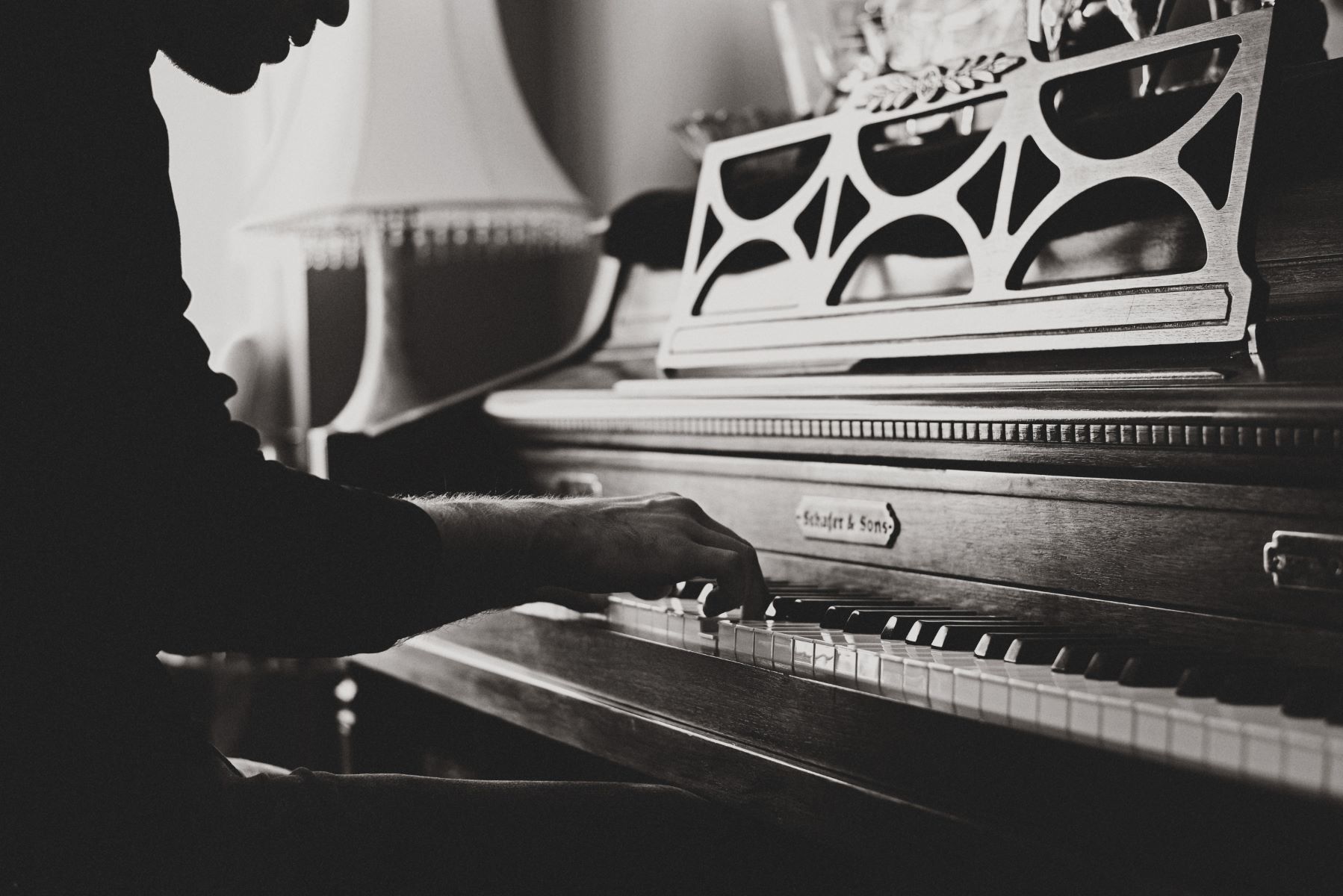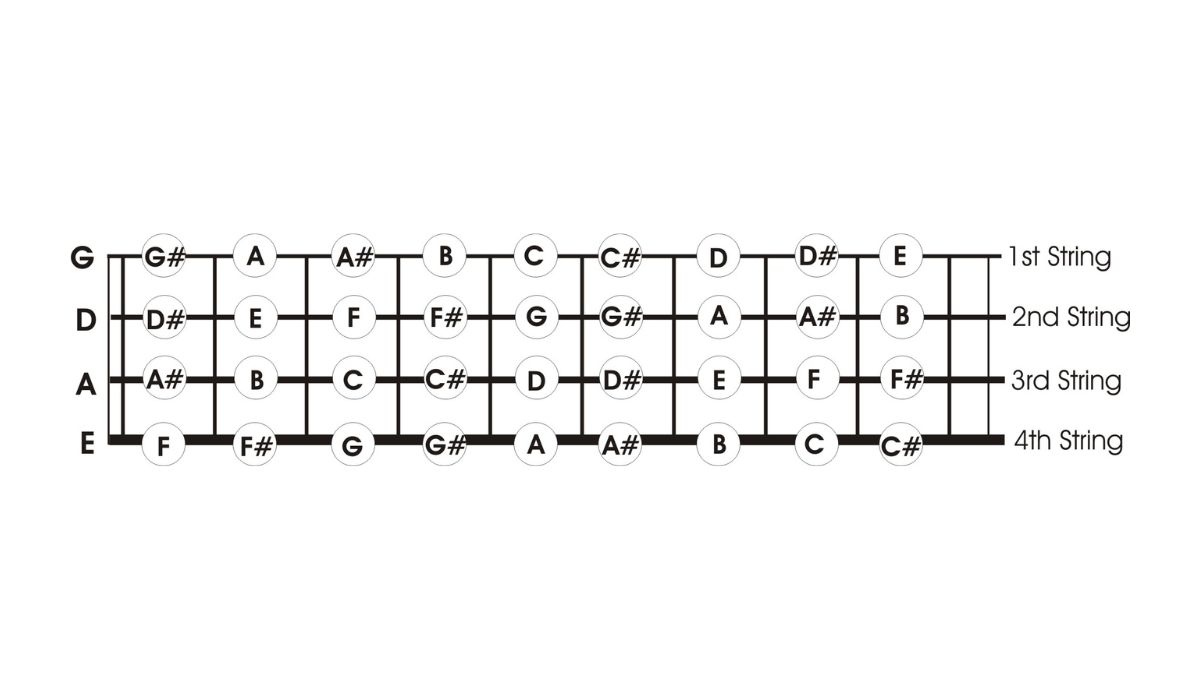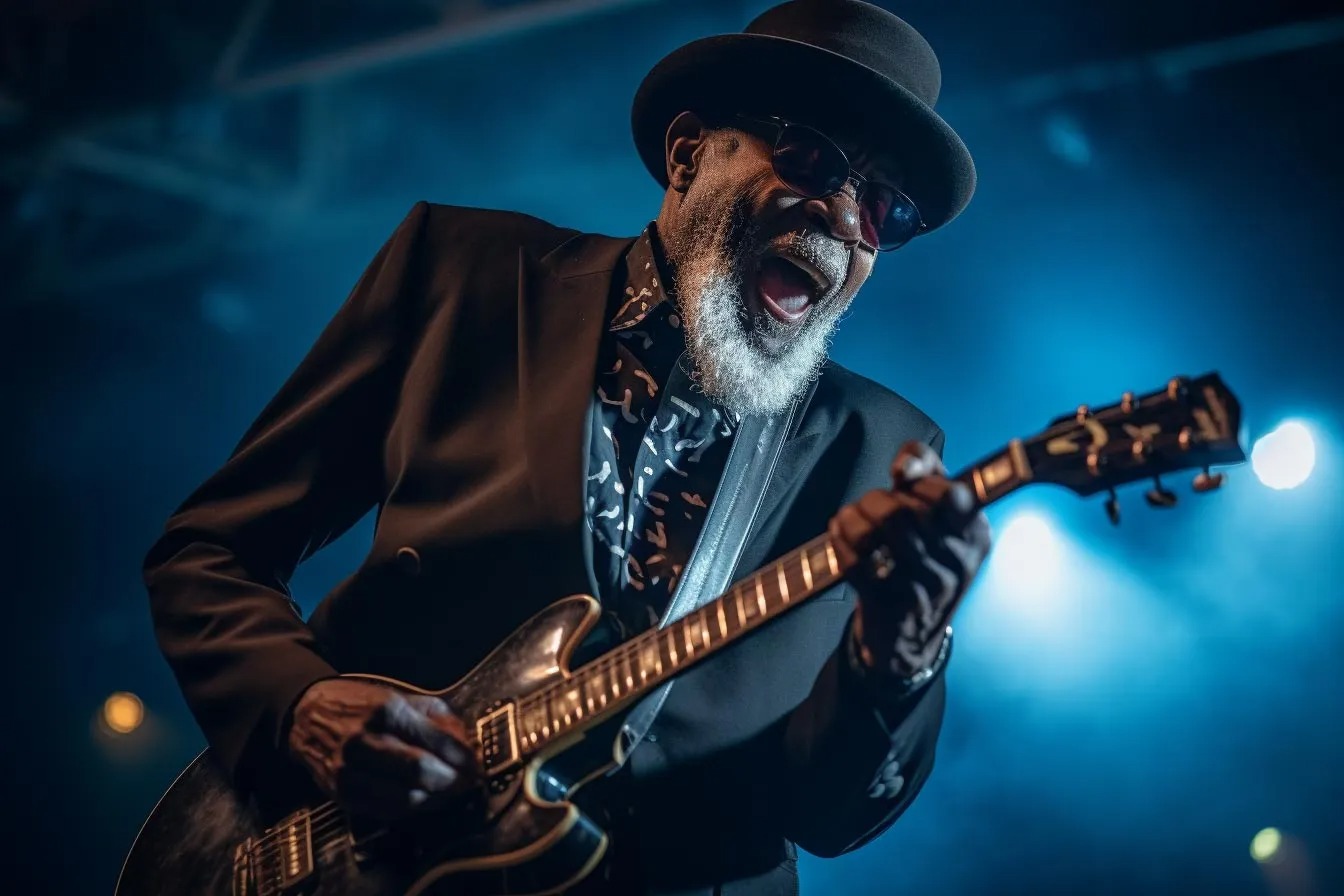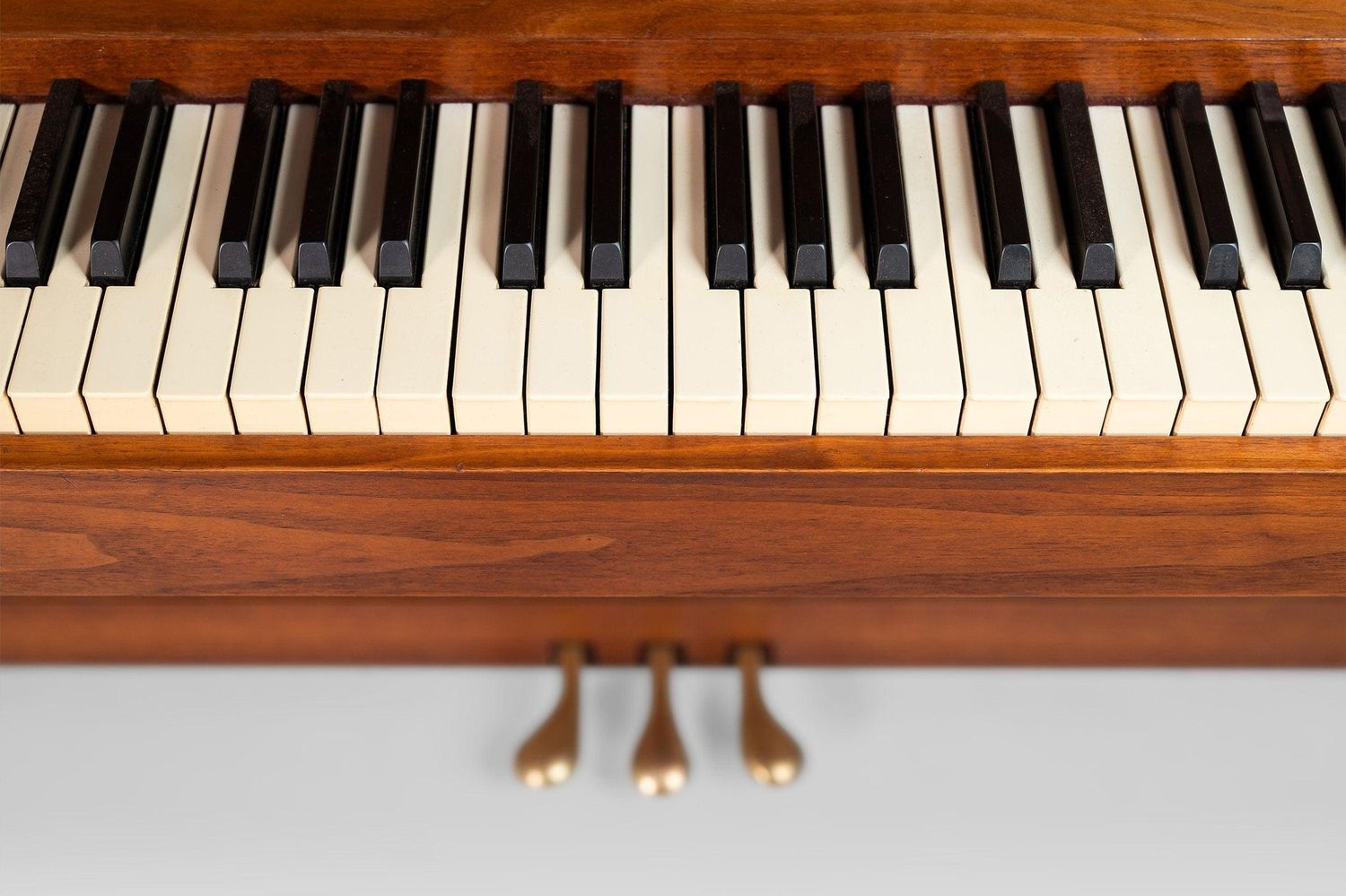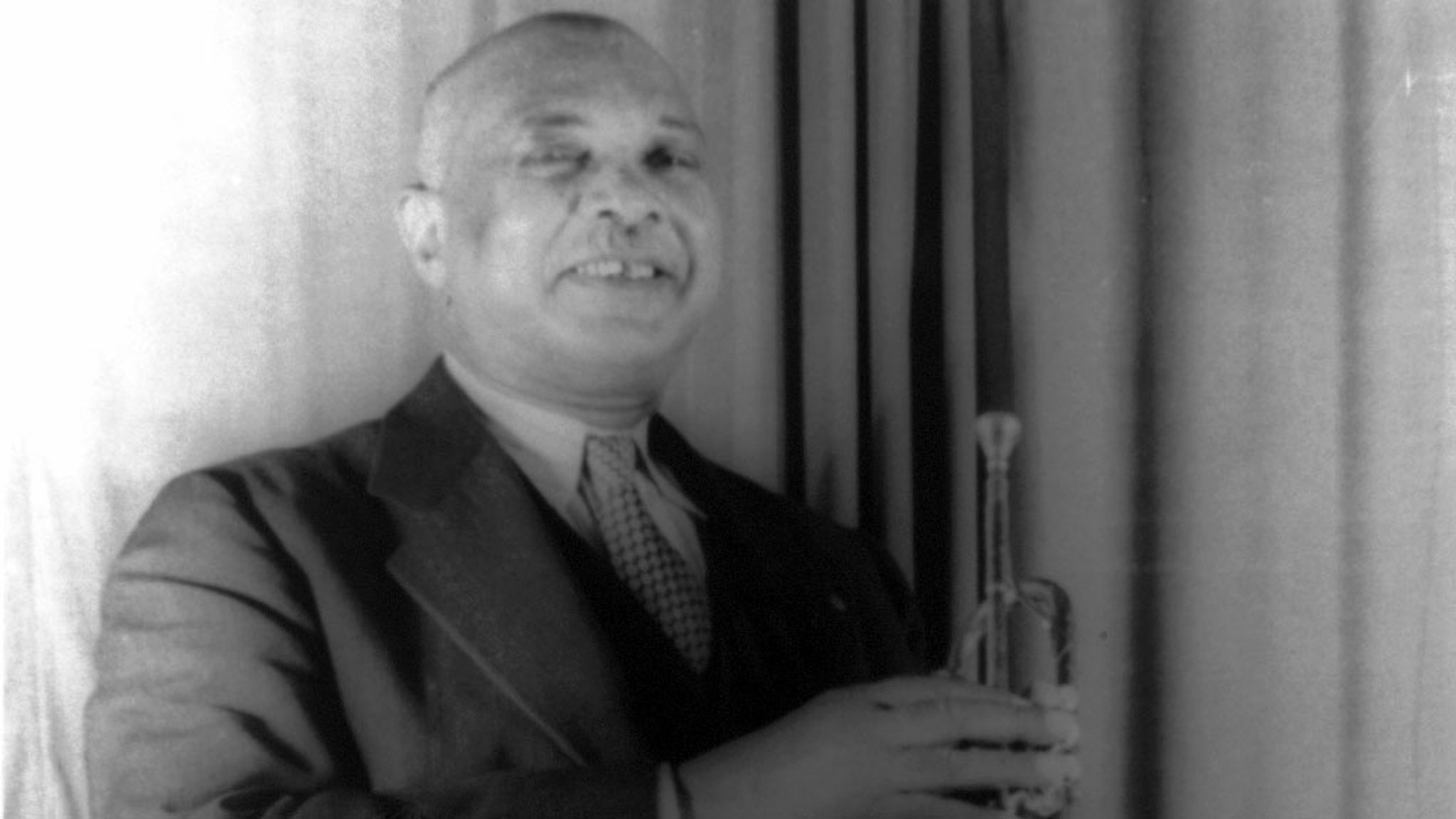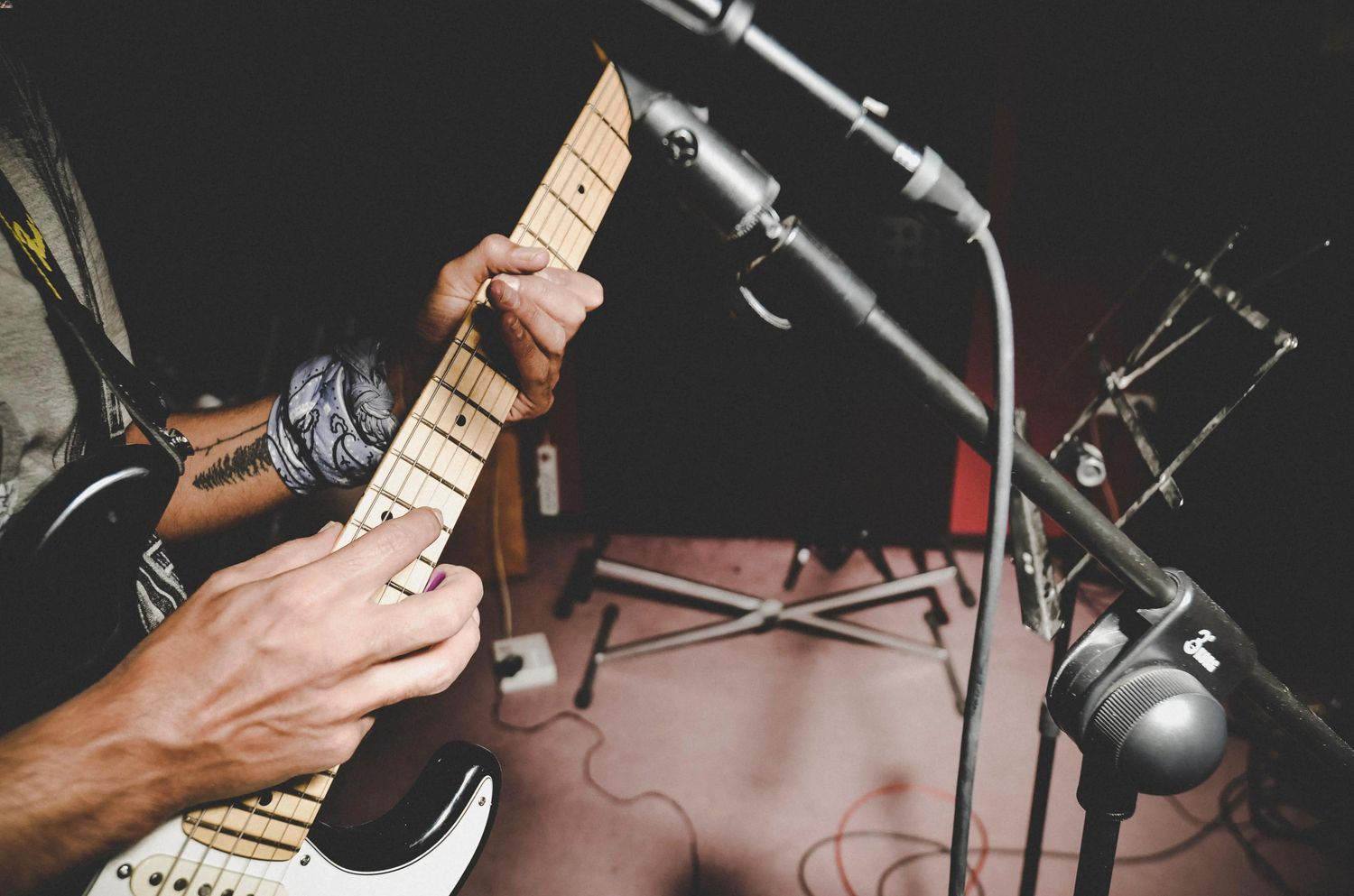Home>Instruments>Harmonica>What Key Is Blues Harmonica


Harmonica
What Key Is Blues Harmonica
Modified: February 3, 2024
Learn what key you should choose for playing blues harmonica and discover the best harmonica key for your blues tunes.
(Many of the links in this article redirect to a specific reviewed product. Your purchase of these products through affiliate links helps to generate commission for AudioLover.com, at no extra cost. Learn more)
Table of Contents
Introduction
Welcome to the world of blues harmonica, where soulful melodies and expressive techniques come together to create a truly captivating musical experience. The harmonica, also known as the blues harp, is a small instrument with a big sound, and it has played a significant role in the history and development of blues music.
With its ability to produce both melodic and chromatic tones, the harmonica has become a prominent instrument in blues bands and solo performances. From the wailing sounds of Chicago blues to the gritty rhythms of Delta blues, the harmonica has been a key ingredient in bringing out the raw emotions and melancholic melodies that define the genre.
In this article, we will explore the fascinating world of blues harmonica, discussing its role in blues music, understanding the different keys of harmonicas, and exploring techniques for playing this iconic instrument.
Whether you are a beginner looking to learn the basics or an experienced player seeking to enhance your skills, this article will provide you with valuable insights and tips to unlock the full potential of the blues harmonica.
The Role of the Harmonica in Blues Music
When it comes to blues music, the harmonica holds a special place. Its distinct sound and expressive capabilities make it an essential instrument in the genre. The harmonica’s ability to bend notes, produce soulful vibratos, and create tonal variations perfectly complements the heartfelt lyrics and emotional melodies that are characteristic of blues music.
Historically, the harmonica has been closely associated with African American musicians, particularly in the deep south of the United States. It was often carried in the pockets of itinerant blues musicians, making it easily accessible and portable. The instrument became a symbol of the hardships faced by African Americans and served as a means of self-expression and release of emotions.
The harmonica’s versatile nature allows it to take on various roles in blues music. It can serve as both a lead and rhythm instrument, depending on the player’s technique and style. As a lead instrument, the harmonica takes center stage, delivering captivating solos and melodic phrases that capture the essence of the blues. In a rhythmic role, it adds a layer of texture and groove, providing a driving pulse to the music.
One of the most iconic forms of blues music where the harmonica plays a central role is the Chicago blues. Artists like Little Walter, Sonny Boy Williamson, and James Cotton are revered for their blues harmonica prowess, creating powerful and soul-stirring sounds that became the heartbeat of the Windy City’s blues scene.
Another influential style where the harmonica shines is the Delta blues. From legendary bluesmen like Sonny Terry and Sonny Boy Williamson II to modern artists like Charlie Musselwhite, the haunting and hauntingly beautiful sound of the harmonica captures the rawness and authenticity of the Delta blues. Its piercing notes and mournful wails resonate with the deep emotions and struggles of the Mississippi Delta.
The harmonica’s impact on blues music extends beyond its sound. It has played a crucial role in popularizing and spreading the blues genre itself. As blues music made its way from the Mississippi Delta to the urban centers of Chicago, the harmonica became an integral part of the sound that defined the blues movement. It has since transcended boundaries and influenced other genres such as rock, country, and folk music.
Ultimately, the harmonica’s unique voice and versatility have solidified its place as a beloved and indispensable instrument in blues music. Its soulful sounds continue to captivate listeners and evoke powerful emotions, ensuring its enduring presence in the world of blues.
Understanding the Key of the Harmonica
When it comes to playing the harmonica, understanding the concept of keys is crucial. The key of a harmonica refers to the specific key in which it is designed to play. Each harmonica is tuned to a specific key, allowing players to create music in that particular key.
Harmonicas are available in various keys, including but not limited to C, G, A, D, and E. The key of the harmonica determines the scale and the notes that can be played easily on the instrument. For example, if you have a harmonica in the key of C, it will be easier to play in the key of C major and its relative minor, A minor.
The key of the harmonica also influences the overall sound and tone of the instrument. Different keys have different characteristics and evoke different emotions. For example, a harmonica in the key of A is often associated with a deep, soulful sound, while a harmonica in the key of D tends to have a brighter and more upbeat tone.
It’s essential to choose the right key harmonica for the music you want to play. If you’re playing along with other musicians, it’s crucial to ensure that your harmonica is in the same key as the rest of the instruments. This allows for a harmonious and cohesive sound.
One method of determining the key of a harmonica is by examining its labeling. Most harmonicas have the key stamped on the cover plate or on the comb. If you’re unsure about the key, you can also use a piano or another instrument to match the notes and find the corresponding key.
Transposing is another aspect to consider when discussing the key of the harmonica. Transposing refers to playing a harmonica designed for one key in a different key. This technique allows for flexibility and the ability to play in different musical contexts. However, it requires a solid understanding of music theory and specific techniques such as bendings and overblows.
Understanding the key of the harmonica is fundamental to playing it effectively. It allows you to choose the right harmonica for a particular song or musical piece, ensures compatibility with other musicians, and helps you create the desired mood and tone. So, take the time to familiarize yourself with the different keys of harmonicas and explore the unique character and possibilities they offer.
Transposing the Key on a Harmonica
Transposing the key on a harmonica is a valuable skill that allows players to adapt to different musical situations and perform in keys other than the one the harmonica was originally designed for. Whether you need to play along with a song in a different key or jam with musicians playing different instruments, transposing on the harmonica opens up a world of possibilities.
Transposing involves altering the pitch of the harmonica by utilizing bending and overblowing techniques. By bending notes, you can lower the pitch, while overblowing allows you to raise the pitch. These techniques, combined with proper breath control and embouchure, enable you to play the notes that are not naturally available on your harmonica.
Let’s say you have a harmonica in the key of C, but you need to play a song in the key of G. To transpose, you would typically play the harmonica in the second position or cross harp position. This means that when playing in the key of G on a harmonica in the key of C, you would treat the harmonica as if it were in the key of G. The lower-pitched notes on the harmonica, such as blow notes on holes 2-6, become the chords or accompanying notes for the song, while the higher notes are used for melodies and solos.
Transposing successfully requires familiarity with the positions and scales on the harmonica. Each position has its own unique characteristics and emotional qualities. For example, playing in the second position (cross harp) on a C harmonica allows you to play in the key of G, which is commonly used in blues music. Third position (slant harp) allows you to play in the key of D on a C harmonica, which is great for playing in minor keys.
It’s essential to practice and experiment with different positions and transpositions to develop your skills and expand your harmonica playing abilities. Start by learning different scales and melodies in various positions. Use online resources, tutorial videos, or learn from experienced players who can guide you through the process.
Transposing the key on a harmonica may require time and effort to master, but it opens up a new world of musical possibilities. It allows you to play in different keys alongside other musicians, explore various styles of music, and develop your own unique sound. So, embrace the challenge and enjoy the journey of transposing on your harmonica!
Techniques for Playing Blues Harmonica
Playing blues harmonica involves more than just blowing into the instrument. It requires a combination of techniques that bring out the soulful and expressive nature of the blues. Whether you’re a beginner or an experienced player, mastering these techniques will take your harmonica playing to the next level.
1. Bending Notes: Bending notes is a fundamental technique that allows you to produce the expressive and emotive sounds associated with blues harmonica. By subtly altering the shape of your mouth and controlling your breath, you can lower the pitch of the notes, creating that characteristic crying or wailing sound.
2. Vibrato: Vibrato adds depth and richness to your playing by creating a fluctuation in pitch. It involves modulating the airflow and slightly bending the pitch up and down to give the notes a pulsating, expressive quality. Experiment with different vibrato techniques, such as tongue-blocking and lip-pursing, to find your own unique style.
3. Single Notes: In blues harmonica, it’s essential to play single notes instead of multiple notes at once. This technique allows for greater control and precision while playing melodies. Practice tongue-blocking or puckering your lips to isolate individual holes on the harmonica and produce clear single notes.
4. Tongue Slaps and Articulation: Tongue slaps involve hitting the reeds of the harmonica with your tongue to create a percussive sound. This technique adds a rhythmic and percussive element to your playing. Additionally, articulation techniques, such as tongue-blocking and tongue-switching, can give your playing more articulation and dynamic range.
5. Overblows and Overdraws: Overblowing and overdrawing are techniques that allow you to produce notes that are not naturally available on the harmonica. These techniques involve manipulating the airflow to create higher-pitched notes or bending the reeds to produce lower notes. Mastering overblows and overdraws opens up new possibilities for playing intricate melodies and expanding your blues harmonica repertoire.
6. Rhythm and Chord Playing: Blues music is heavily rooted in rhythm and groove. Learn to emphasize the strong beats and play rhythmic patterns on your harmonica to create a solid foundation for the music. Additionally, incorporating chords into your playing can add a fuller sound and complement other instruments in a band setting.
7. Call and Response: Call and response is a classic blues technique where the harmonica player engages in a musical dialogue with other instruments or musicians. Play a phrase and then leave space for another instrument to respond. This technique adds dynamics and interaction to your playing, creating a more engaging musical experience.
Remember, mastering these techniques takes time and practice. Set aside regular practice sessions to focus on each technique individually and gradually incorporate them into your playing. Experiment, listen to blues recordings, and learn from accomplished harmonica players to develop your own unique style and sound.
With dedication and perseverance, you can become a skilled blues harmonica player and truly capture the essence of this deeply expressive genre.
Conclusion
The harmonica is a truly special instrument that holds a prominent place in the world of blues music. With its soulful sounds, versatile nature, and expressive capabilities, the harmonica has become an iconic symbol of the blues. Whether you’re drawn to the wailing notes of the Chicago blues or the raw emotion of the Delta blues, the harmonica has the power to evoke deep feelings and transport listeners to another time and place.
In this article, we have explored the role of the harmonica in blues music, from its historical significance to its impact on popularizing the genre. We’ve delved into the concept of harmonica keys and the importance of choosing the right harmonica for the music you want to play. We’ve also discussed the skill of transposing on the harmonica, enabling players to adapt to different musical contexts and expand their repertoire.
Furthermore, we’ve covered essential techniques for playing blues harmonica, including bending notes, vibrato, single-note playing, and rhythm techniques. These techniques, when mastered, allow you to deliver soul-stirring melodies, captivating solos, and rhythmic accompaniment that define the blues sound.
By embracing these techniques and continuously honing your skills, you can unlock the full potential of the blues harmonica. Emulate the great blues harmonica players who have come before you, but also strive to develop your own unique style and sound. Experiment, practice, and be open to new ideas and musical collaborations.
Remember, playing blues harmonica is not just about technical proficiency; it’s about pouring your heart and soul into the music. Let the harmonica be an extension of your emotions, allowing you to tell your story and connect with others on a deep level.
So, whether you’re a beginner embarking on your harmonica journey or an experienced player looking to expand your horizons, embrace the magic of blues harmonica. Immerse yourself in the rich history, explore different keys, and master the techniques that make this instrument truly come alive. Let your harmonica sing the blues, and in return, it will bring you joy, fulfillment, and the power to move others.

